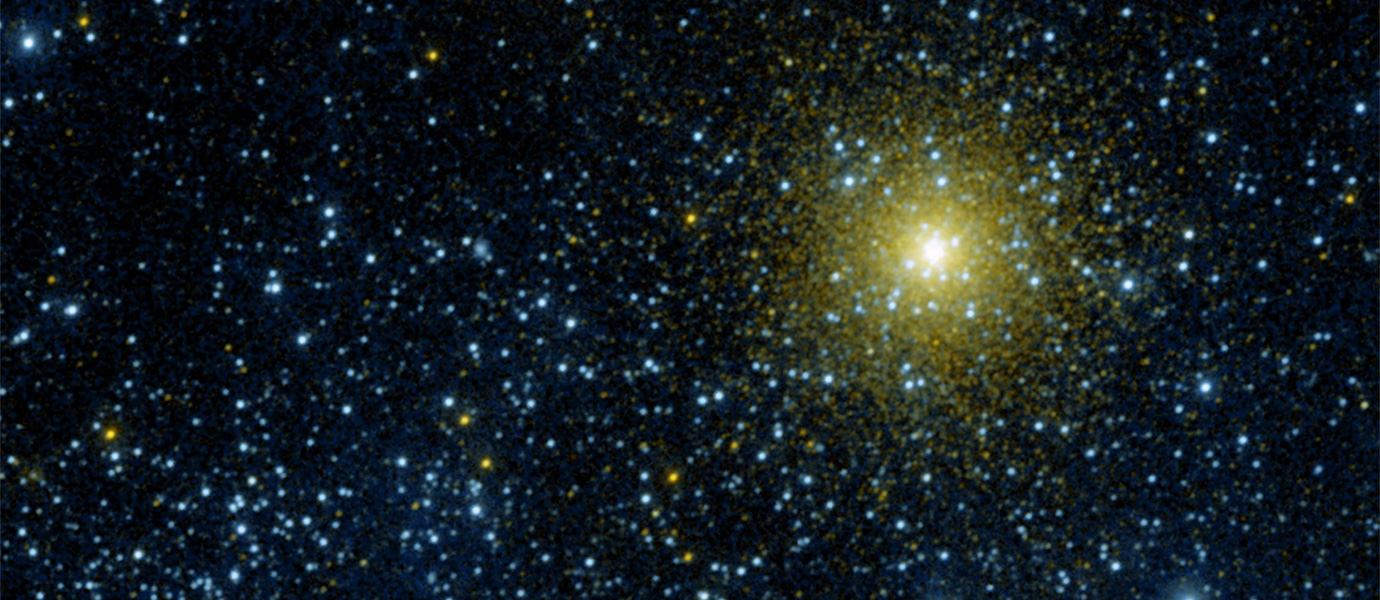ABOUT
Scobee Planetarium
The Scobee Planetarium is part of the San Antonio College campus. Now equipped with a Digistar 5 projection system, visitors can learn about the night sky as well as the Aurora Borealis; as they were meant to be experienced. Private and public planetarium shows are available. Smaller school groups may also register for a hands-on science program.
contact info
Hrs: See website.
HELPFUL LESSON PLAN(S)
Prepared by FieldTripDirectory.com
Planetarium Lesson Plan
FUN FACTS
Earth has more exposed water than land. Three quarters of the Earth is covered by water! The earth has one moon.
Venus is the brightest planet in our sky and can sometimes be seen with the naked eye if you know where to look. It is the solar system’s brightest planet — yellow clouds of sulfuric acid reflect the sun’s light.
Jupiter is so big that you could fit all the other planets in the solar system inside it.
Pluto is no longer considered a planet — instead, astronomers call it a dwarf planet or planetoid.
View Lesson Plan>>ABOUT
Scobee Planetarium
The Scobee Planetarium is part of the San Antonio College campus. Now equipped with a Digistar 5 projection system, visitors can learn about the night sky as well as the Aurora Borealis; as they were meant to be experienced. Private and public planetarium shows are available. Smaller school groups may also register for a hands-on science program.
contact info
Hrs: See website.
HELPFUL LESSON PLAN(S)
Prepared by FieldTripDirectory.com
Planetarium Lesson Plan
FUN FACTS
Earth has more exposed water than land. Three quarters of the Earth is covered by water! The earth has one moon.
Venus is the brightest planet in our sky and can sometimes be seen with the naked eye if you know where to look. It is the solar system’s brightest planet — yellow clouds of sulfuric acid reflect the sun’s light.
Jupiter is so big that you could fit all the other planets in the solar system inside it.
Pluto is no longer considered a planet — instead, astronomers call it a dwarf planet or planetoid.
View Lesson Plan>>ABOUT
Scobee Planetarium
The Scobee Planetarium is part of the San Antonio College campus. Now equipped with a Digistar 5 projection system, visitors can learn about the night sky as well as the Aurora Borealis; as they were meant to be experienced. Private and public planetarium shows are available. Smaller school groups may also register for a hands-on science program.
contact info
Hrs: See website.
HELPFUL LESSON PLAN(S)
Prepared by FieldTripDirectory.com
Planetarium Lesson Plan
FUN FACTS
Earth has more exposed water than land. Three quarters of the Earth is covered by water! The earth has one moon.
Venus is the brightest planet in our sky and can sometimes be seen with the naked eye if you know where to look. It is the solar system’s brightest planet — yellow clouds of sulfuric acid reflect the sun’s light.
Jupiter is so big that you could fit all the other planets in the solar system inside it.
Pluto is no longer considered a planet — instead, astronomers call it a dwarf planet or planetoid.
View Lesson Plan>>ABOUT
Scobee Planetarium
The Scobee Planetarium is part of the San Antonio College campus. Now equipped with a Digistar 5 projection system, visitors can learn about the night sky as well as the Aurora Borealis; as they were meant to be experienced. Private and public planetarium shows are available. Smaller school groups may also register for a hands-on science program.
contact info
Hrs: See website.
HELPFUL LESSON PLAN(S)
Prepared by FieldTripDirectory.com
Planetarium Lesson Plan
FUN FACTS
Earth has more exposed water than land. Three quarters of the Earth is covered by water! The earth has one moon.
Venus is the brightest planet in our sky and can sometimes be seen with the naked eye if you know where to look. It is the solar system’s brightest planet — yellow clouds of sulfuric acid reflect the sun’s light.
Jupiter is so big that you could fit all the other planets in the solar system inside it.
Pluto is no longer considered a planet — instead, astronomers call it a dwarf planet or planetoid.
View Lesson Plan>>
